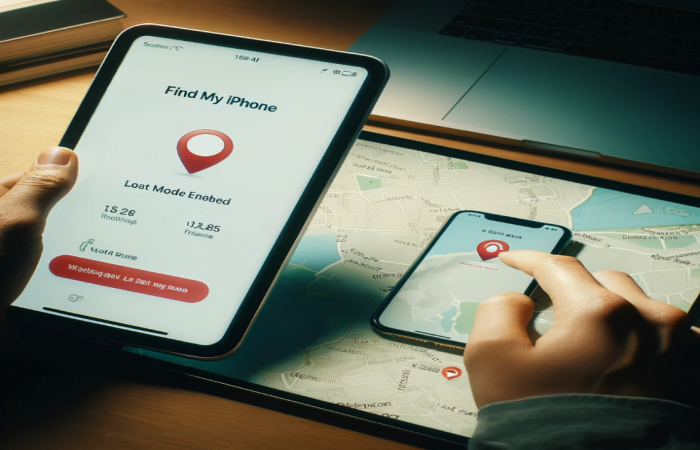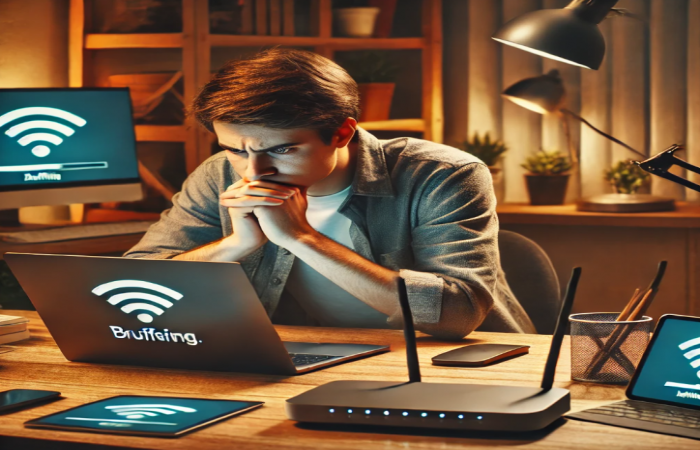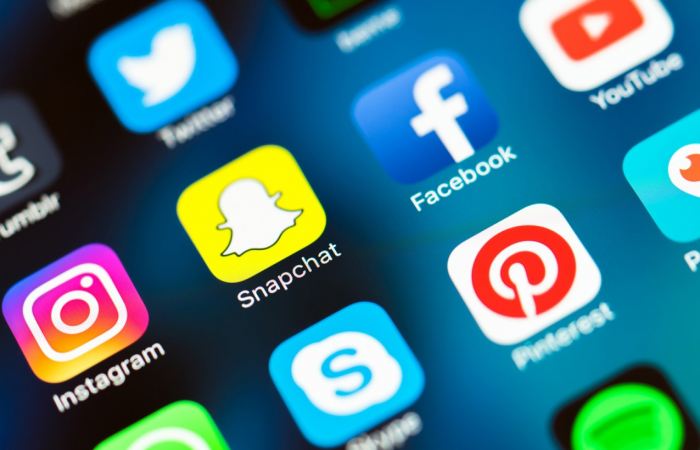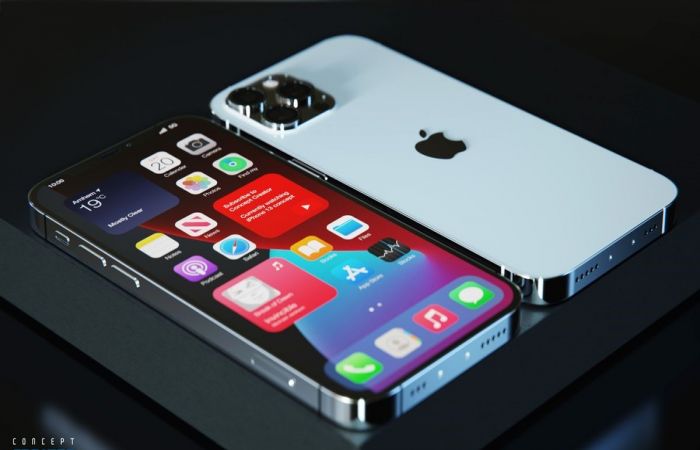
Apple's Plan to Remove the Charging Port: The Future of a Portless iPhone
Apple has always been at the forefront of technological innovation, and now, the company is reportedly working towards a future where the iPhone will no longer have a charging port. This move, if realized, would mark a significant shift in smartphone design and push the industry further into a wireless era. But why is Apple considering this, and what does it mean for users?
For years, Apple has been gradually reducing the number of physical ports on its devices. The company removed the headphone jack in 2016 with the iPhone 7, pushing users towards AirPods and wireless audio solutions. Now, Apple appears to be taking another step forward by eliminating the Lightning port altogether, following its transition to USB-C on the iPhone 15.
According to industry reports, Apple envisions a completely wireless iPhone that charges exclusively via MagSafe or Qi wireless charging. This would mean no more plugging in cables, reducing wear and tear, and potentially improving the phone’s water and dust resistance.
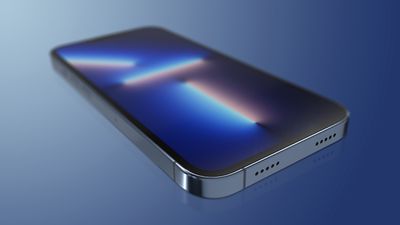
- Improved Durability – Without an open port, the iPhone could be even more resistant to water and dust, reducing common hardware failures.
- Wireless Charging Growth – Apple has been heavily investing in MagSafe and wireless charging solutions. A portless iPhone would push wireless charging technology further into mainstream adoption.
- Sleeker Design – Apple is known for its minimalist design philosophy. Removing the charging port could make the iPhone even slimmer and more seamless.
- Environmental Considerations – By removing the charging port, Apple could further its push towards an environmentally friendly future by reducing e-waste from cables and adapters.
- Security & Privacy – A portless iPhone could enhance security by preventing unauthorized physical access to data through cables or external hacking devices.
While a portless iPhone sounds futuristic, it does come with some challenges:
- Wireless Charging Limitations – Wireless charging is still slower than traditional wired charging. While MagSafe has improved, it still lags behind high-speed wired solutions.
- Accessory Compatibility – Many users rely on wired accessories, such as headphones, external storage, and diagnostic tools. Removing the port could force customers to invest in wireless alternatives.
- Emergency Situations – When a phone is completely dead, wired charging is often faster and more reliable. A portless iPhone could make it difficult to charge quickly in critical moments.
Apple’s decision to remove ports would align with its track record of pushing new technology forward, even if it means removing familiar features. The company has a history of setting trends that later become industry standards—just as it did with the removal of the floppy disk, CD drives, and headphone jack.

If Apple successfully eliminates the charging port, it could accelerate the global adoption of wireless charging and influence the entire smartphone industry. However, for this vision to work, Apple must ensure that wireless charging becomes faster, more efficient, and widely accessible.
Would you buy a portless iPhone, or do you think Apple is moving too fast toward a wireless future? Let us know your thoughts!





